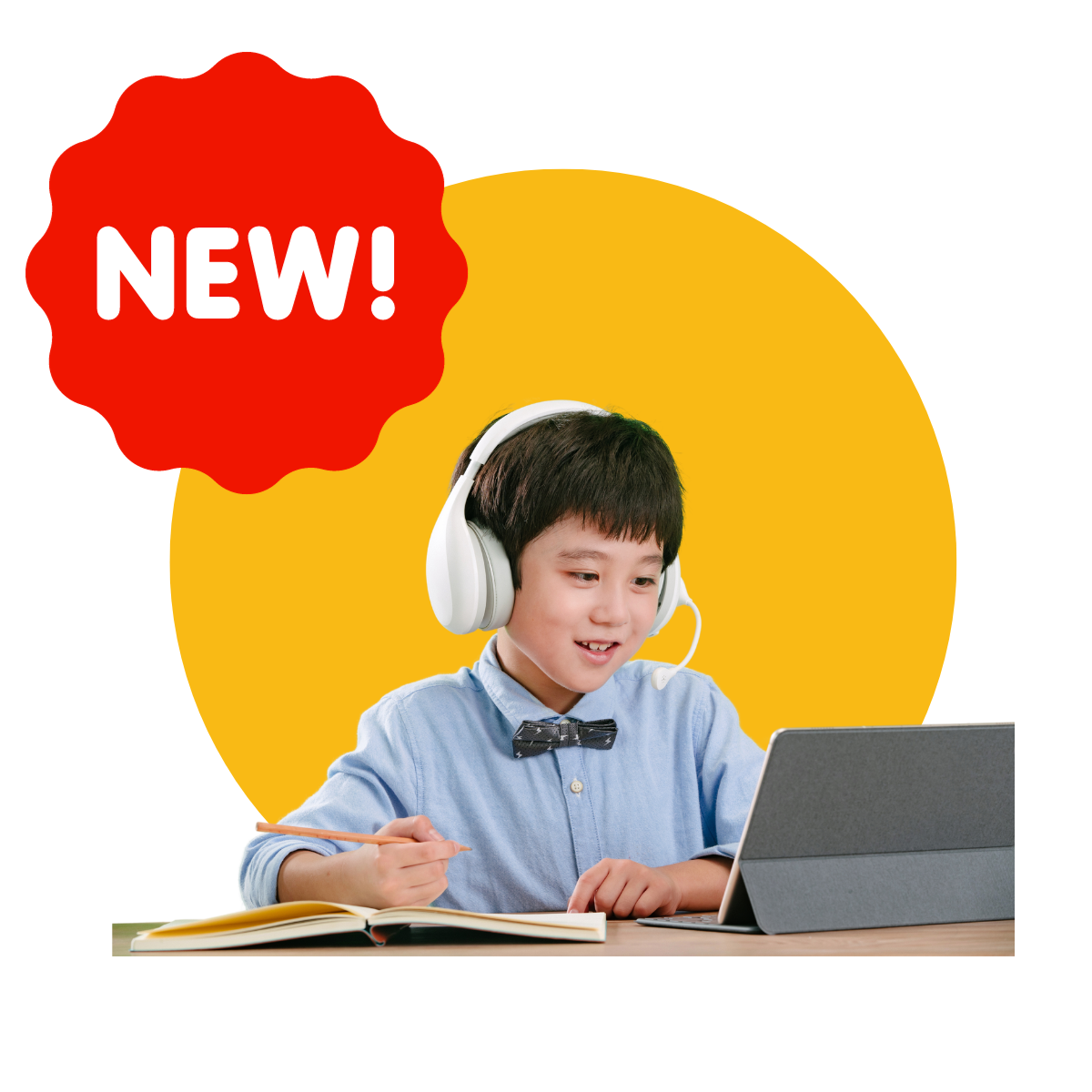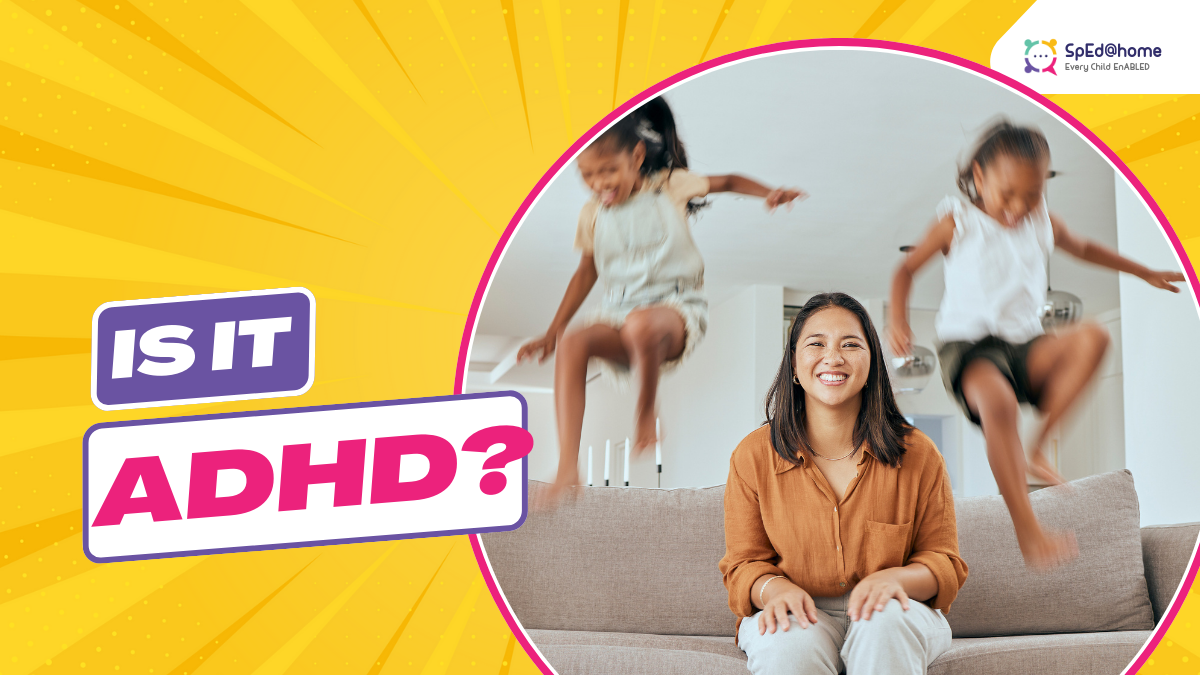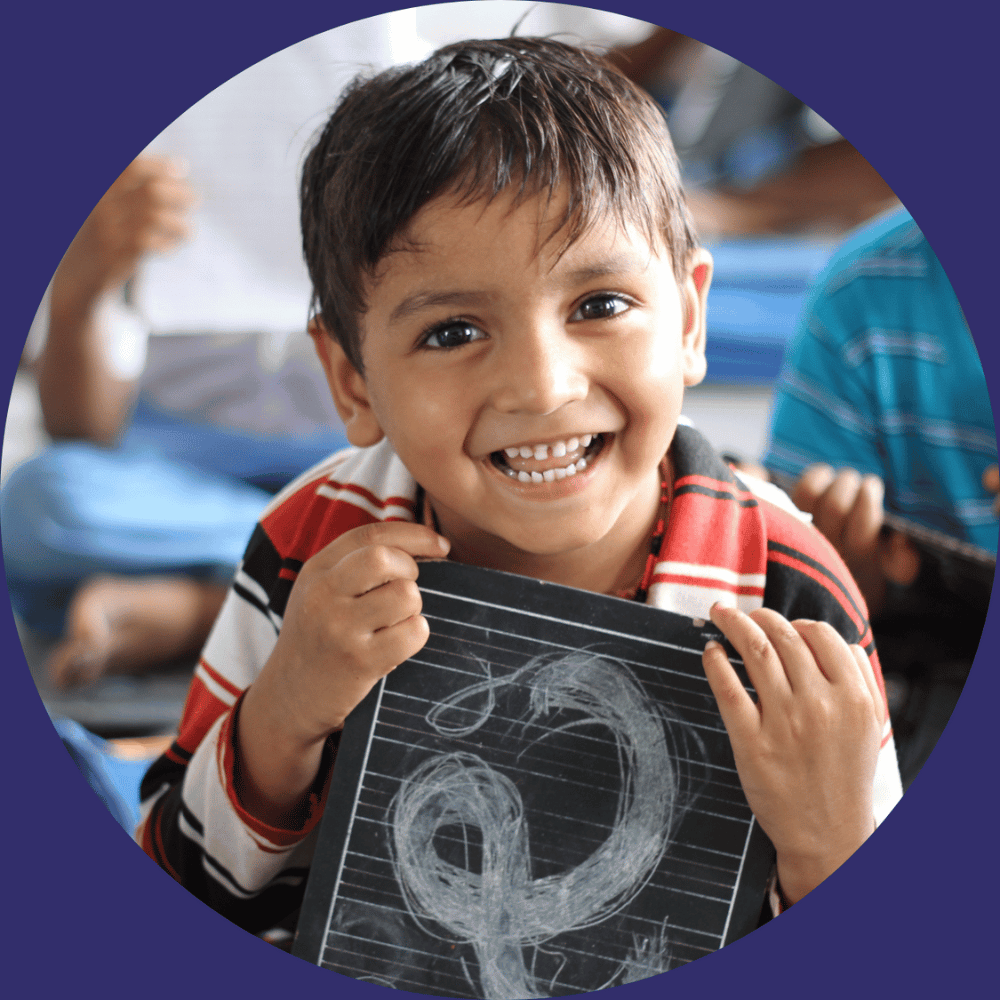Understanding and Managing Hyperactivity in Children
Parenthood brings with it a myriad of challenges, and one common concern parents often face is a child’s inability to sit still or concentrate on one task for an extended period. This restlessness can be attributed to various factors, but when it becomes a persistent issue, it might be a sign of a more significant problem – Attention Deficit Hyperactivity Disorder (ADHD). In this article, we will discuss how to identify the problem, assess it, and explore possible solutions for parents whose child does not sit at one place due to hyperactivity, possibly indicating ADHD.
Identifying
Observation and Pattern Recognition: The first step in addressing hyperactivity in a child is to observe and recognize any patterns in their behavior. Hyperactivity often manifests as excessive fidgeting, restlessness, difficulty staying seated, and an inability to concentrate.
Consulting a Professional: If the hyperactivity is persistent and disruptive to the child’s daily life, it is essential to consult a healthcare professional, such as a pediatrician or child psychologist. They can provide a comprehensive evaluation to determine if the child’s behavior is indicative of ADHD.
Assessing
Diagnostic Criteria: ADHD is a neurodevelopmental disorder characterized by symptoms such as inattentiveness, hyperactivity, and impulsivity. To make a diagnosis, healthcare professionals typically refer to diagnostic criteria laid out in the Diagnostic and Statistical Manual of Mental Disorders (DSM-5). The child’s symptoms must persist for at least six months and significantly impact their daily functioning.
Behavioral Assessments: Professionals may also use behavior rating scales to assess the severity of the child’s symptoms. These assessments often involve input from parents, teachers, and other caregivers to gain a holistic perspective on the child’s behavior.
Psychological Testing: In some cases, psychological testing may be recommended to rule out other conditions that can mimic ADHD symptoms, such as anxiety or learning disabilities.
Solutions for Managing Hyperactivity in Children
Behavioral Interventions: For many children with ADHD or hyperactivity, behavioral interventions can be highly effective. These may include behavioral therapy, which helps children learn to manage their impulses, develop organizational skills, and improve their social interactions.
Parental Education: Parents can benefit from education and training on how to manage a child with ADHD effectively. This includes learning strategies for creating routines, setting clear expectations, and using positive reinforcement to encourage appropriate behavior.
School Support: Collaboration with teachers and the child’s school is crucial. An Individualized Education Plan (IEP) or a 504 Plan can be developed to provide specific accommodations and support for the child’s needs in an educational setting.
Diet and Exercise: While not a direct treatment for ADHD, a healthy diet and regular exercise can play a supportive role in managing hyperactivity. Encouraging children to engage in physical activities and maintaining a balanced diet may help alleviate some symptoms.
Mindfulness and Relaxation Techniques: Teaching children relaxation techniques, such as deep breathing exercises and mindfulness, can help them better manage their hyperactivity. These techniques can be used in conjunction with other therapies to improve focus and self-control.
Is it ADHD?
When a child’s inability to sit still and concentrate becomes a pervasive issue, it may be a sign of ADHD or hyperactivity. Identifying the problem, assessing it properly, and seeking suitable solutions are crucial for helping the child and the family cope with these challenges.
Parents should remember that each child is unique, and there is no one-size-fits-all solution for managing hyperactivity or ADHD. It’s essential to work closely with healthcare professionals, educators, and support networks to develop a tailored approach to support the child’s specific needs.
While ADHD can present significant challenges, it’s also important to recognize the strengths and talents that often accompany the condition. With the right support and strategies in place, children with ADHD can thrive and reach their full potential, demonstrating that hyperactivity is just one facet of their vibrant and unique personalities.














